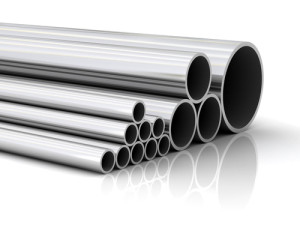 As a critical component in growth and development of India’s steel industry, the output of this sector in the Country meets domestic demand emerging from capital and consumer goods, yellow goods, cold reducing and tubemaking, agricultural implements and other general engineering and fabrication segments. It also caters to engineering exports, comprising around 22% of Indian commodity exports in FY14.
As a critical component in growth and development of India’s steel industry, the output of this sector in the Country meets domestic demand emerging from capital and consumer goods, yellow goods, cold reducing and tubemaking, agricultural implements and other general engineering and fabrication segments. It also caters to engineering exports, comprising around 22% of Indian commodity exports in FY14.
A significant component of the manufacturing sector that is steel-intensive is directly linked with engineering and fabrication segments under the categories of fabricated metal, machinery and equipments, electrical machinery and apparatus and furniture manufacturing. A broad assessment of sectoral pattern of steel consumption in India indicates that around 24% of total steel demand is accounted for by the engineering and fabrication segment. Although motor vehicles, trailers and semi-trailers and other transport equipments are also part of manufacturing and are steel-intensive, their contribution to steel consumption is separately shown under automobile sector accounting for about 10% of total steel consumption.

It would be interesting to work out a composite index comprising separate indices of the above four categories of engineering and fabrication under the manufacturing sector and then calculate how this index has behaved with steel consumption in the country over the past decade to arrive at steel intensity between these two variables. The composite index thus formed indicates a growth of (-) 3.3%, (-) 1.3% and 8.7% in FY13, FY14 and in Q1 of FY15, respectively. At a factor of 0.7, the index signals a close correlation with steel consumption. However the movement of the index impacts steel demand through the manufacturing sector and based on the relationship of the manufacturing sector and steel consumption, the resultant impact comes to around a factor of 0.5.
During Q1 of FY15, the composite index has grown by 8.7% and hence the above relationship tells us that steel consumption should have moved up by 4.4%. But actual data show steel consumption in Q1 of FY15 has grown by only 0.6% over the same period last year. This implies that the biggest contributor to steel consumption, namely infrastructure and construction sector (accounting for 60% of consumption), has performed much below the anticipated level. The major driver of infrastructure and construction is investment made by the government supplemented by private corporate and household sectors. It is distressing to note that gross fixed capital formation at current prices as a % of GDP at market prices



